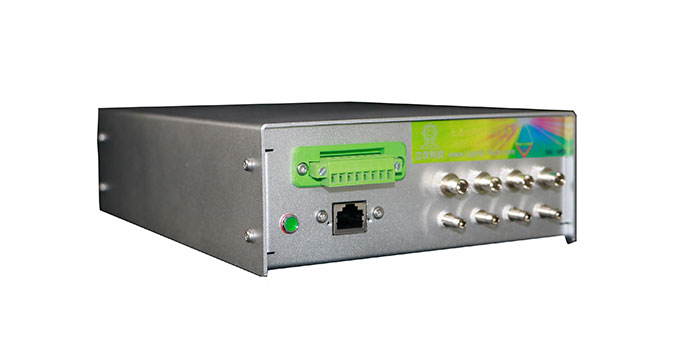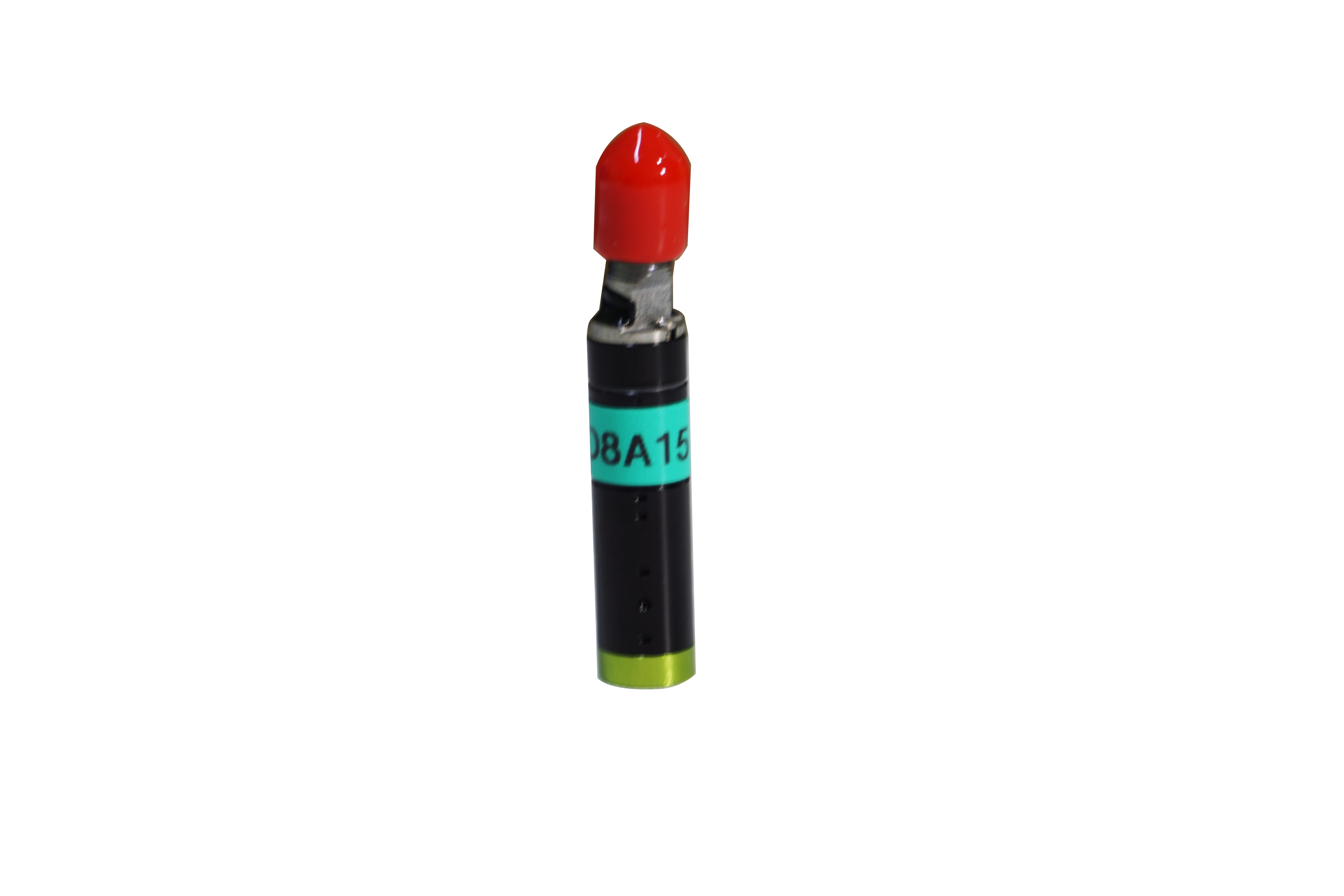2020-10-22
The choice of displacement sensor is particularly important because of the various forms of change in the process of measurement and control. Wrong selection of displacement sensor products can lead to inaccurate measurement and control. So how to choose the right product? What is the key point of displacement sensor selection? Today, Li Yi Xiaobian will analyze it for everyone:

1. Make choices based on distance and environmental factors:
This is a key part, first of all, according to the environment and the host computer needs to signal, according to the many factors of field measurement and planning, to develop a sound set of preliminary measurement work. Select the displacement sensor products that are more suitable for the control principle, determine the measurement range, service life and service cost, and determine the detailed performance indicators and accuracy after these indicators.
2. Choice of response frequency:
The frequency of the sensor determines the accuracy of the measured object, and the choice of the corresponding frequency must be selected within the actual measurement range, but in the practical application of the displacement sensor, all products will have a certain signal delay, and the smaller the delay time, the faster the signal transmission rate. For example, due to the influence of the structure of the rope displacement sensor, the response speed of the frequency has been determined, and the inertial impact of the spring in the mechanical structure leads to the reduction of the signal frequency.
3. Selection of repeated accuracy:
In the linear range of traditional wire-drawing sensors, repeat accuracy refers to the results of pull-out measurements and wire-drawing recovery. Due to the different mass requirements of the spring, the error of repetition accuracy is large, and the spring affects the repetition accuracy of the displacement sensor.
4, linear range:
The linear range of a displacement sensor refers to the range where the output is proportional to the input. Sensitivity remains constant within the theoretical range. The wider the linear range of the sensor, the larger the measurement range and the better the measurement accuracy. When selecting a displacement sensor, when determining the type of sensor, it is necessary to determine whether its measurement range meets the requirements. However, in practical applications, no sensor can guarantee absolute linearity, and its linearity is relative. When the measurement accuracy requirement is low, the sensor with small nonlinear error is approximately linear in a certain range, which will bring great convenience to the measurement.
In the daily industrial control equipment, how to correctly choose the displacement sensor is an important issue that everyone pays attention to. Firstly, the working conditions of the displacement sensor are investigated and analyzed on site. According to the actual working conditions, choose the appropriate displacement sensor products.



